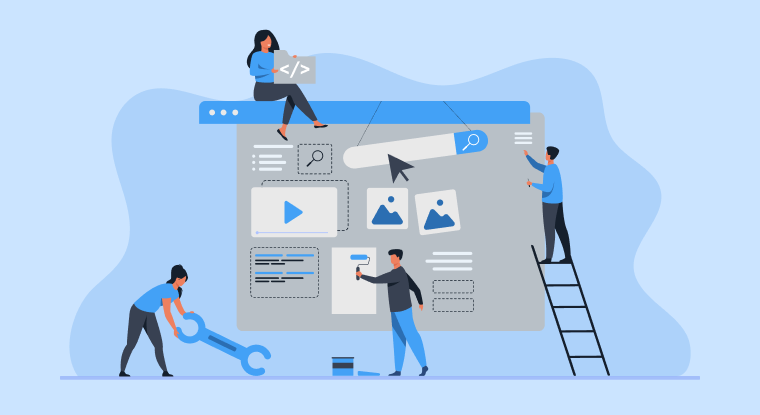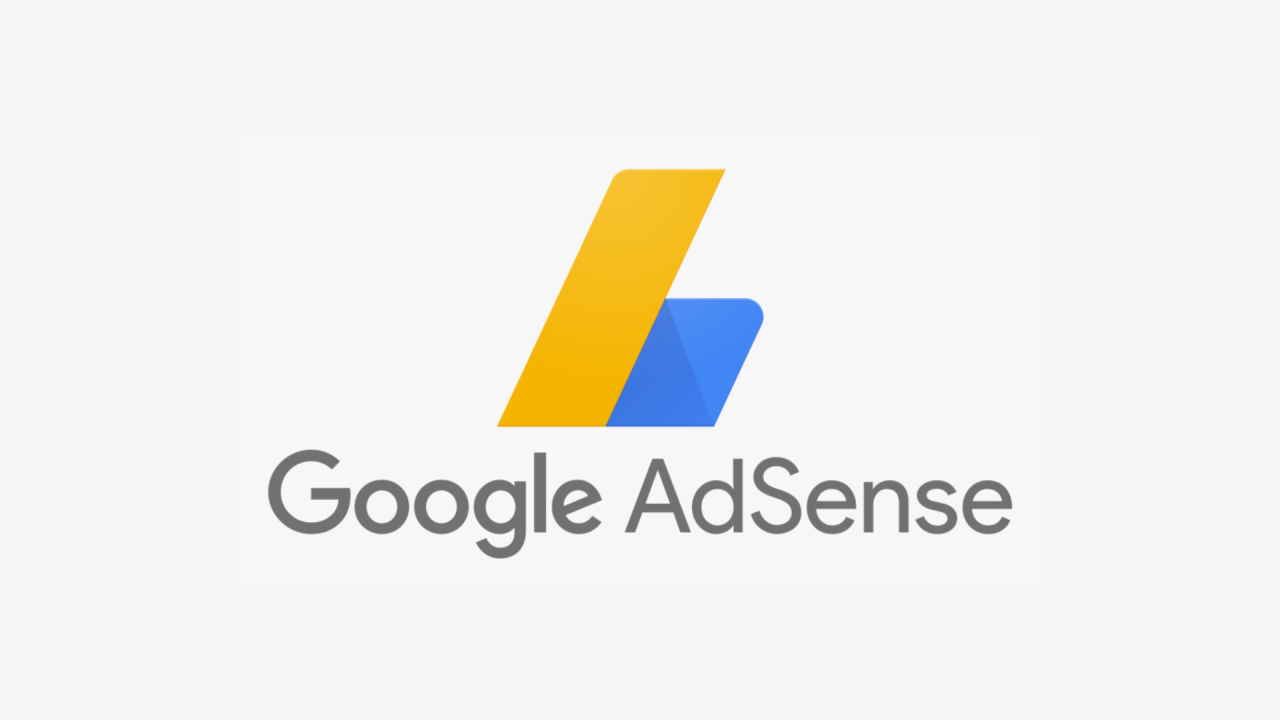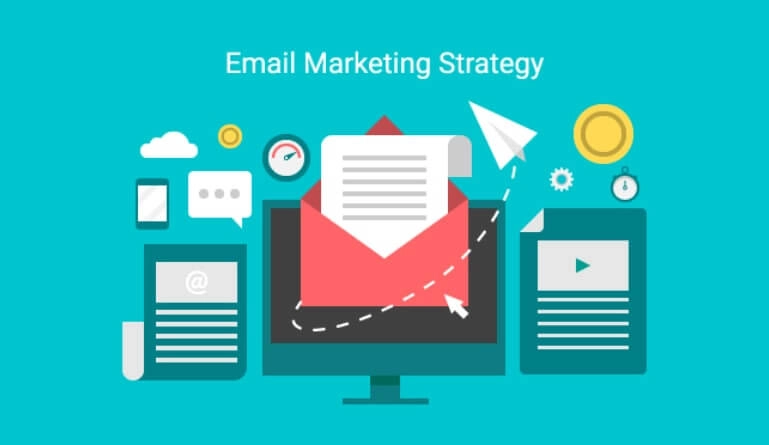In today’s digital landscape, providing an exceptional user experience on your website is crucial for attracting and retaining visitors, driving engagement, and achieving your business objectives. By optimizing your website for usability, performance, and accessibility, you can create a seamless and enjoyable experience for your audience. Here are some website optimization techniques to improve user experience:

- Mobile Responsiveness: With the increasing use of mobile devices, ensuring that your website is mobile-responsive is essential. Design your website to adapt seamlessly to various screen sizes and resolutions, providing a consistent experience across desktops, laptops, tablets, and smartphones.
- Fast Loading Speed: Website speed is a critical factor in user experience and can significantly impact bounce rates and conversions. Optimize your website’s loading speed by minimizing file sizes, leveraging browser caching, optimizing images, and reducing server response times.
- Intuitive Navigation: Make it easy for visitors to navigate your website and find the information they’re looking for. Use clear and descriptive menu labels, logical site structure, and breadcrumbs to help users understand where they are and how to navigate to other pages.
- Clear Call-to-Actions (CTAs): Guide users towards desired actions on your website by using clear and compelling call-to-action buttons. Use action-oriented language, contrasting colors, and strategic placement to make CTAs stand out and encourage clicks.
- Streamlined Forms: Simplify the process of filling out forms on your website by minimizing the number of fields and eliminating unnecessary steps. Use inline validation to provide real-time feedback and reduce errors, and consider implementing autofill functionality to save users time.
- Optimized Content Layout: Organize your content in a visually appealing and easy-to-scan layout. Use headings, subheadings, bullet points, and white space to break up text and improve readability. Highlight important information and key takeaways to help users quickly grasp the main points.
- Image Optimization: Optimize images on your website to improve loading times and overall performance. Compress images without sacrificing quality, use responsive images to serve appropriately sized images based on device resolution, and add descriptive alt text to improve accessibility and SEO.
- Browser Compatibility: Ensure that your website is compatible with different web browsers and devices to reach a wider audience. Test your website across popular browsers such as Chrome, Firefox, Safari, and Edge, as well as on different operating systems and devices.
- Accessibility Features: Make your website accessible to users with disabilities by incorporating accessibility features and following web accessibility standards (WCAG). Provide alternative text for images, ensure keyboard navigation, use semantic HTML, and offer adjustable text sizes and color contrast options.
- A/B Testing: Conduct A/B testing to compare different variations of elements on your website and identify which ones perform better in terms of user engagement and conversions. Test different headlines, CTAs, layouts, and design elements to optimize user experience and achieve your goals.
- Continuous Monitoring and Optimization: Regularly monitor website performance metrics, user behavior, and feedback to identify areas for improvement and optimization. Use tools like Google Analytics, heatmaps, and user surveys to gather insights and make data-driven decisions to enhance user experience over time.
- Security Measures: Prioritize website security to protect user data and instill trust in your audience. Implement HTTPS encryption, use secure passwords, regularly update software and plugins, and conduct security audits to mitigate risks and ensure a safe browsing experience.
By implementing these website optimization techniques, you can create a user-friendly, high-performing website that delights visitors, encourages engagement, and drives conversions. Prioritize user experience in every aspect of your website design and optimization efforts to build a loyal audience and achieve long-term success online.
 naTabanu natabanu – sve online serije na jednom mestu.
naTabanu natabanu – sve online serije na jednom mestu.



